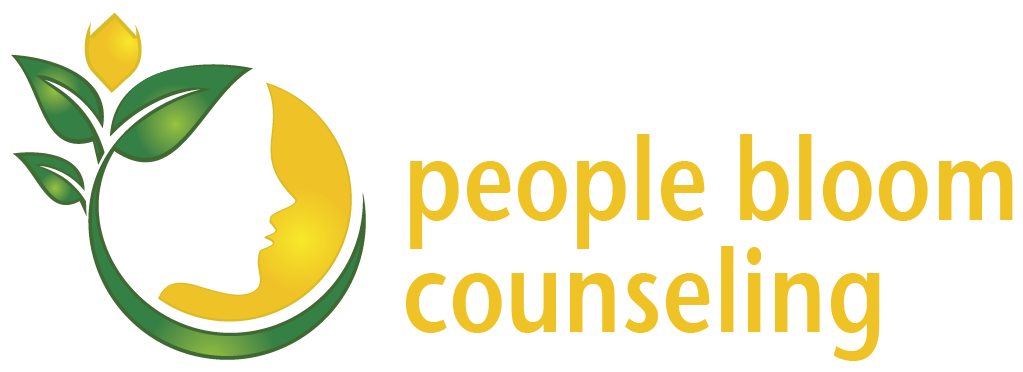I'm out and about, living my life and I see stories that tie into how I practice counseling. Here is an example of such.
SUP
I first tried SUP in O'ahu. I took a lesson with my husband, mother-in-law, and brother-in-law and we were in very calm waters inside a canal. I was the only one who didn't fall in. I used to be proud of that, except when I look back, I knew it was because I was the only non-swimmer and was tensed the whole time. I really didn't enjoy the lesson as much as everyone else. They were laughing and splashing around and I was, just scared.
Is it possible that falling into the water is a part of the SUP experience?
SUP + falling
Now a few years later, I've grown less afraid of water and have been out on many more SUP adventures. I've decided that falling in is inevitable: a friend can threaten to tackle me, I can collide into my husband, the currents might be too strong... When I fall in, it is an opportunity for me to work on my chicken, airplane, solider stroke. And while there really isn't a graceful way to fall, it is still preferred to fall directly into the water rather than to hit the board first.
SUP + waves
It's not always calm like the canal. Boats and jet skis pass by, it's breezy, or the water is just choppy. I've learned that if we waited until it's calm, we might never head out.
It's tempting to sit down when the waves come. Sometimes I sit too long before I get back up. And I've tried avoiding the waves, only to have them catch up with me. It seems counter-intuitive, but the most effective way to go through the waves is to face them head on. When I point the nose of my board perpendicular to the waves, while I still feel the motion, I'm actually more stable.
Now I'm not saying there isn't a time and a place to sit and ride out the waves, or even take a break ashore. My husband and I were in Maui and the white caps barely missed us. It wasn't wise to stay out, especially not with a sea-sick husband. But, it's important that that experience did not keep us in the rest of our trip.
SUP + joy
So, what's all the rave about SUP? Why bother? SUP takes us places we couldn't otherwise go. Today, we started out at Madison Park and explored the Arboretum. It was a gorgeous day in Seattle. We got to watch the clouds change patterns, feel the warmth of the sun on our backs, say hello to kayakers and canoers, and explore beneath the 520-bridge. The waters gave a beautiful reflection of the sky and the motion of swaying side-to-side soothed and comforted us.
SUP + life
What parallels am I drawing here? There are times when life is calm. Enjoy those moments. And when it gets rough, know that's also a part of being alive. Falling is inevitable, and getting back up can take a while. After getting back up, it's tempting to stay put so you don't fall again. But when you're sitting down, it's also hard to go very far.
What if feeling the currents of life and feeling off balance at times is a part of living? There's no way around that. And when you try to run away from problems you need to face, they will catch up with you. Like in my previous blog post quoting Robert Frost, it helps to keep going.
That begs the questions, “Where are you heading? What do you want life to be about? Have you let the current of life swept you in another direction? Or, are you distracted by where others are going? Can you pause to orient yourself to where you want to go and keep heading in that direction, even though you can't see very far?”
Focus on what's near you. You can make immediate choices and overcome challenges that will get you closer to where you want to go. Then, remember to zoom out and look ahead. Don't lose sight of where you're heading. You can always change direction based on what you value and the goals you set.
Sure, have your me-time, but know that life is not meant to be journeyed alone. It helps to have someone share with you the joys and the trials. This could be a partner, and it could also be family and friends. In a recent blog post, I talked about why relationships are important.
SUP + psychotherapy
What about my counseling practice? How does this apply? I believe you want your life to matter for something. I want to help you get there, one moment at a time. Try swiping your paddle in the water this way, what happens? If you went back to the gym only 1x/week, what would happen? What if you reached lower with your paddle, how does that affect your speed? If you were to practice this defusion exercise I give you, would you let me know how that worked for you?
Ultimately, you don't HAVE to do anything I ask you to do. After all, I want your life to be about wanting to, rather than having to. However, I'm guessing you want your life to be different, and I would want that for you too. Would you join me in braving the waves, the falling in, while learning ways to face your problems as you live a value-driven life? I'm ready when you are.
Note: while I love being on a SUP, I want to clarify that I don't practice psychotherapy on one.














